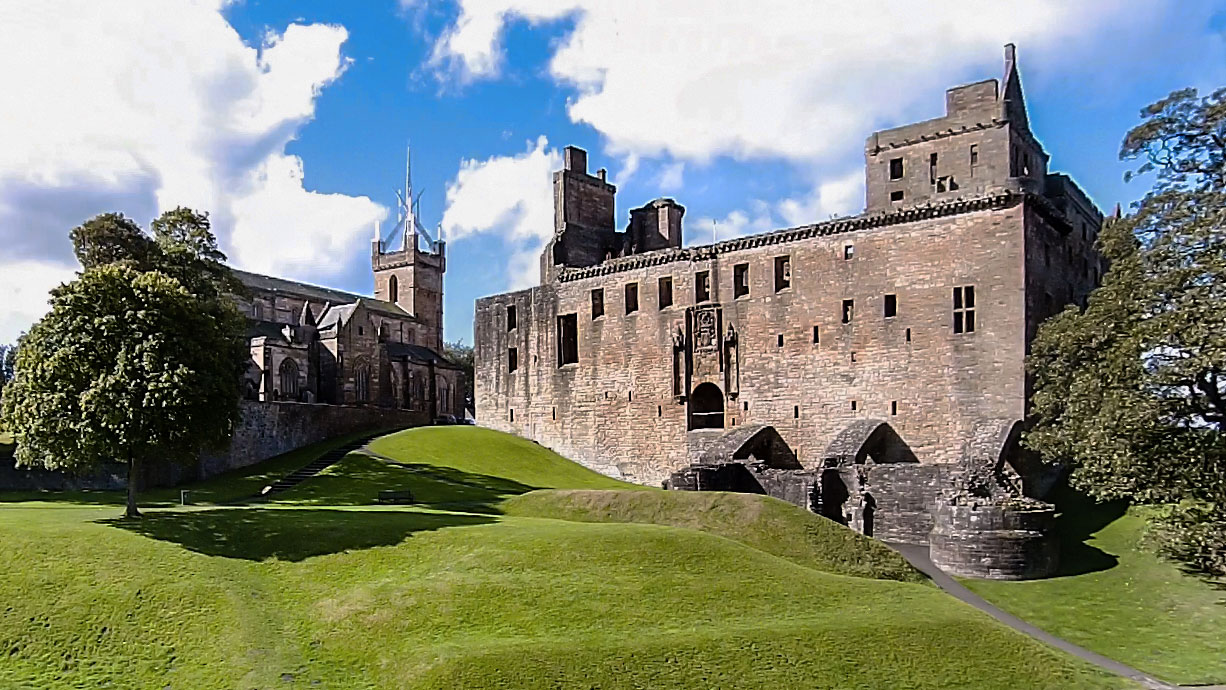
Photography: Sir Gawain
Researches have used 3D laser scanning and cutting-edge acoustic modelling technology to recreate a lost 16th-century choral performance in a ruined Scottish church.
Scholars from The Edinburgh College of Art, the universities of Birmingham and Melbourne, and Historic Environment Scotland (HES) collaborated on the project, used LiDAR laser scanning to analyse the ruins of Linlithgow Palace’s chapel and create an acoustic profile.

Using archives and architectural records, the team then unearthed details on the building’s lost materials – including oak surfaces, stone floors, windows, the alter and sculptures – to create an acoustic profile of how it would have sounded when the building was intact.
Music scholar James Cook told the Guardian, ‘You need to know how oak absorbs sound and how it scatters sound, or what an alabaster sculpture with this degree of curvature would do.’

Linlithgow Palace was the birthplace of Mary Queen of Scots, and James IV of Scotland visited the sacred space for Easter celebrations in 1512, enjoying a choir performance there. Singers from the Binchois Consort recorded a version of this music in an anechoic chamber – a room free of acoustic elements – before the team applied the chapel’s recreated acoustic performance to the recording.
Titled ‘Music for the King of Scots’, the recording is available for download via Hyperion Records. The team also plans to create a multi-sensory VR experience where visitors can walk through the reconstructed chapel.
[h/t Guardian, Smithsonian Magazine]






















